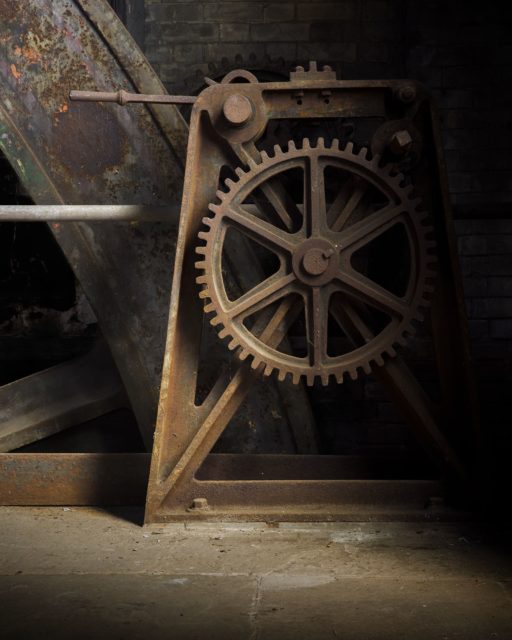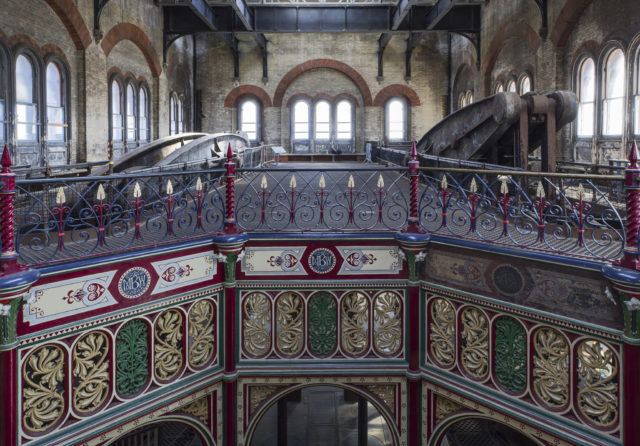In the 1850s, Victorian London was forced to renew its sewer system. London industries had begun to develop rapidly, which resulted in population growth as people sought out work.
Unfortunately, the existing sewage system could not handle the sewage from the increasing number of people.
At that time, the River Thames was treated like an open sewer, and all waste was discharged directly into the river.
This severely polluted the river, and contaminated water infiltrated the urban water system, causing a serious outbreak of cholera.
In addition, the summer of 1858 was unusually hot, a factor which only increased the unpleasantness. It’s no wonder that this period in British history was called the Great Stink.
As a result, Parliament decided to develop and put into operation a new, modern sewer system. Joseph Bazalgette was appointed Chief Engineer for the construction of the pumping station.
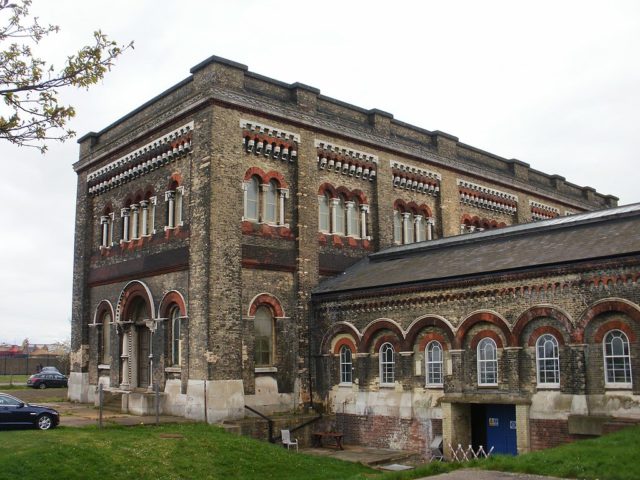
In addition to Joseph Bazalgette, architect Charles Henry and builder William Webster were assigned to the project.
The new Crossness sewage pumping station was built between 1859 and 1865. The complex was officially opened on April 4, 1865, by the Prince of Wales.
The Crossness pumping station got its name because the endpoint of the south tunnel was in a place called Crossness in the Bexley area.
As well as being functional, the pumping station also boasted amazing cast ironwork, which led to it being considered a masterpiece of engineering in the Victorian style. In fact, Nikolaus Pevsner, author of the 46-volume series entitled The Buildings of England, described it as “a Victorian cathedral of ironwork.”
The new sewer system removed the wastewater using gravity flow and steam pumping engines, after which the water was dumped into the Thames at a point to the south-east of the city.
The system consisted of six main tunnels on either side of the river as well as small tunnels that transported wastewater from individual properties to the main tunnels.
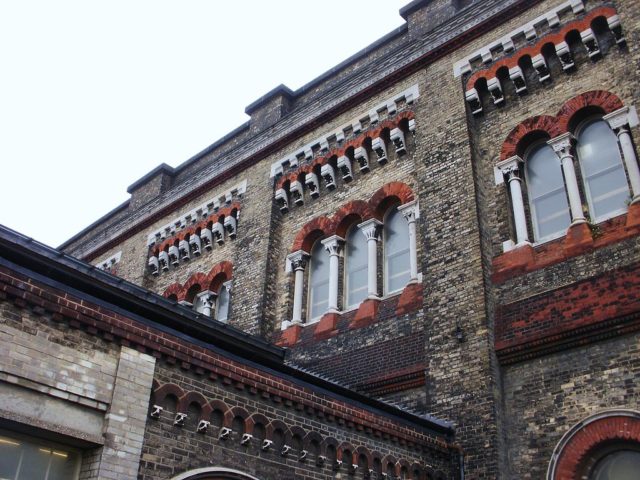
The enormous amount of energy needed to pump the wastewater out of London came from four powerful steam engines built by James Watt & Co.
The engines were named in honor of members of the royal family – Victoria, Prince Consort, Albert Edward, and Alexandra. Each year, all these engines combined burned more than 5,000 tons of coal.
The population of London did not stop growing. In 1897, there was a need to increase pumping power even further. Four more pumps were built north of the old building and they were powered by triple-expansion steam engines.
In 1899, the original engines were converted into composite ones to cope with the continued population growth. This work was carried out by Goodfellow and Co of Manchester.
The steam engines were replaced by modernized diesel engines in 1913. However, environmental awareness was growing, and people were beginning to realize that raw sewage shouldn’t be dumped straight into the sea but needed treating first. As such, pumping stations like Crossness began to become obsolete.
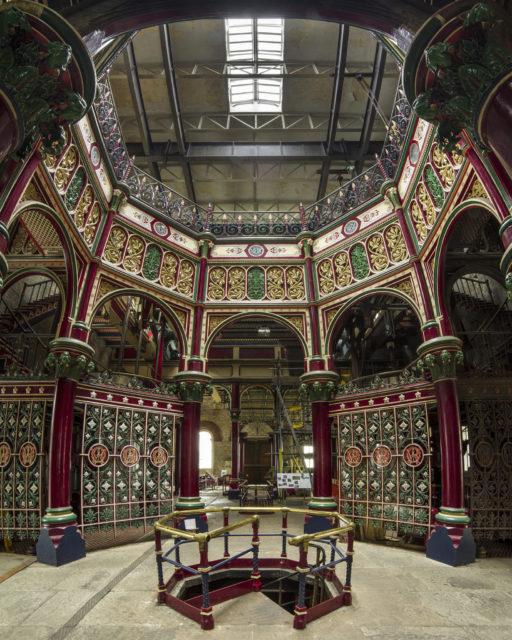
By 1950, the engines were decommissioned and the cost of dismantling them was higher than what could be fetched if they were sold for scrap.
So they were simply left intact when the station was abandoned. Pumps, pipes, and all underground areas were filled with sand to reduce the risk of a methane buildup.
As the decades crawled by, the engines began to rust and the building was vandalized. However, in 1987, a charity called the Crossness Engines Trust was formed to start restoration on the station.
All the sand (about 100 tons) that had been used to fill the underground areas now had to be excavated and removed.
Engine Trust volunteers including teachers, artists, railway workers, and electricians have come together to restore this marvelous example of Victorian technology and architecture.
The rebuild began by focusing on the Prince Consort engine because it was the last engine to be decommissioned. Since the Trust was unable to salvage the original boilers, the Prince Consort is run by a small “off the shelf” boiler. This boiler is perfectly adequate to the task given that the engine isn’t performing any function beyond just showing how such engines worked.
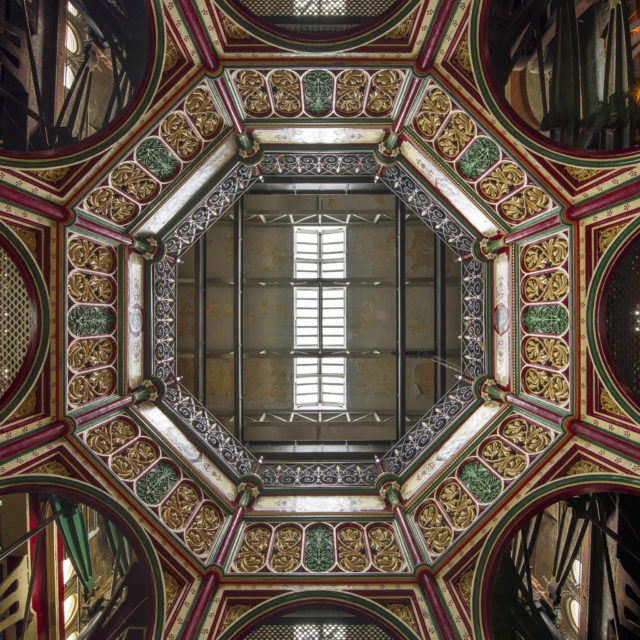
In 1970, the sewage pumping station was put on the Register of Heritage Sites under threat and it will remain there until the restoration is completed.
At the time of writing, the former sewage pumping station is open to the public on specific open days and for tours. Details of these opening times and dates can be found on the Crossness Engines website.
Funds were also secured from English Heritage, the Heritage Lottery Fund, and Thames Water, as well as other sources, to build a museum on the site dedicated to the Great Stink.
In 2009, this place was used to shoot a scene from the movie Sherlock Holmes starring Robert Downey Jr. and Jude Law.
The BBC also filmed part of The Crimson Petal and the White by Michel Faber here. A video game called The Getaway: Black Monday based its final mission on the Crossness Pumping Station.
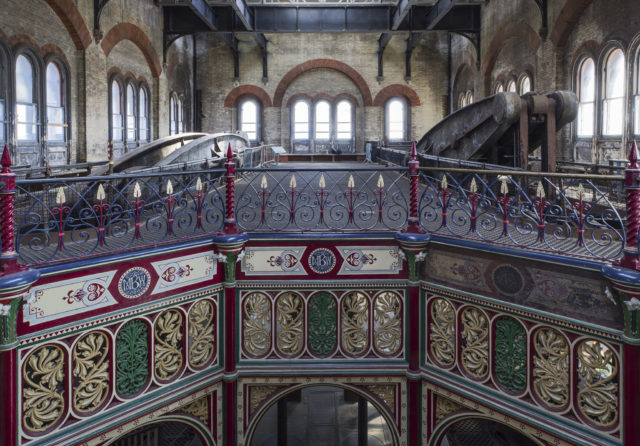
Repair work continues on the remaining engines, but so far they are not in full working condition. However, this amazing building inspires visitors from all over the UK and Europe.
We would like to thank Matt Emmett and his project named Forgotten Heritage for providing all of these amazing photographs. Matt has won such awards as Historic Photographer of the Year 2017 and Architectural Photographer of the Year 2016.
You should check his Instagram and Facebook accounts to see more photos of ruins and historic places, and you can also find his book Forgotten Heritage in bookstores and online.
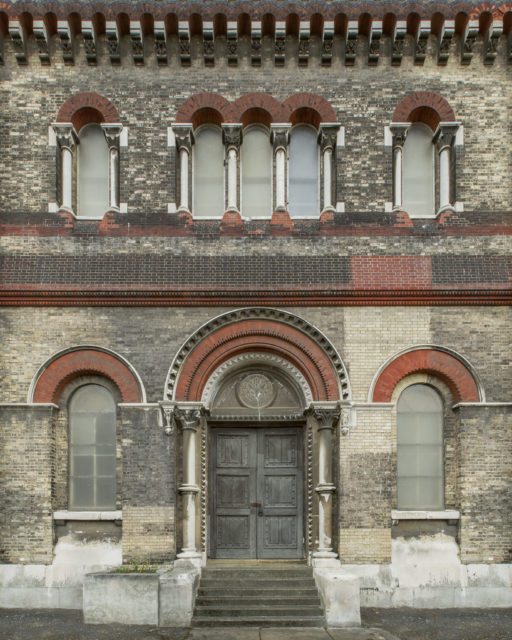
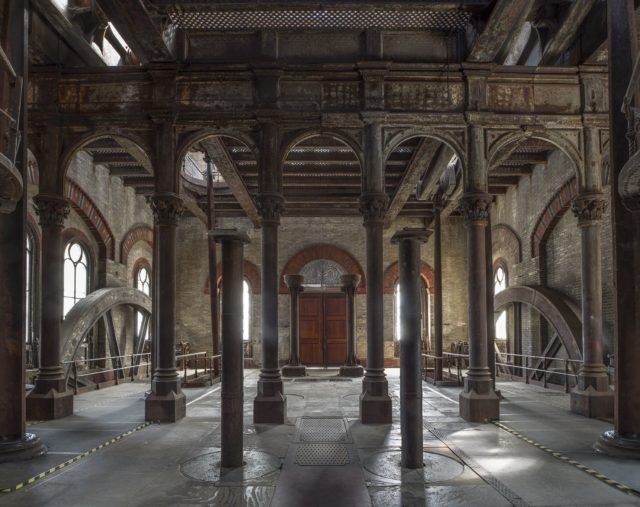
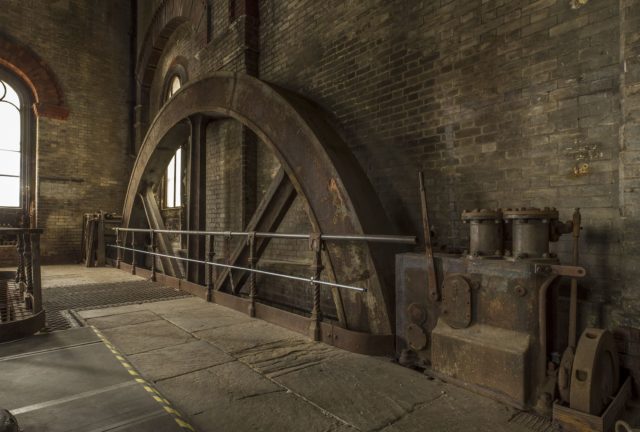
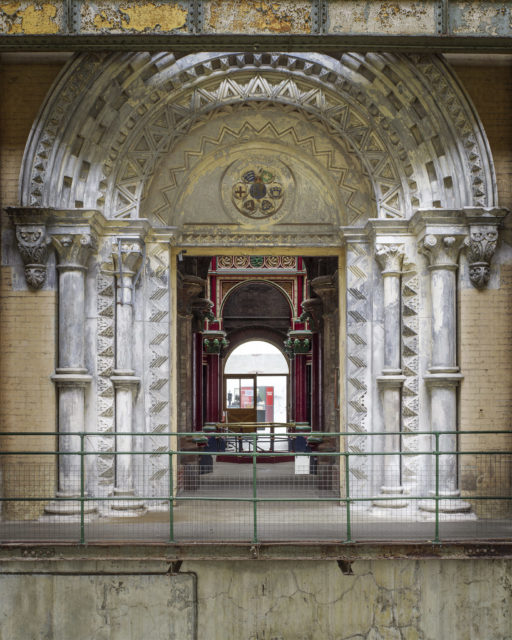
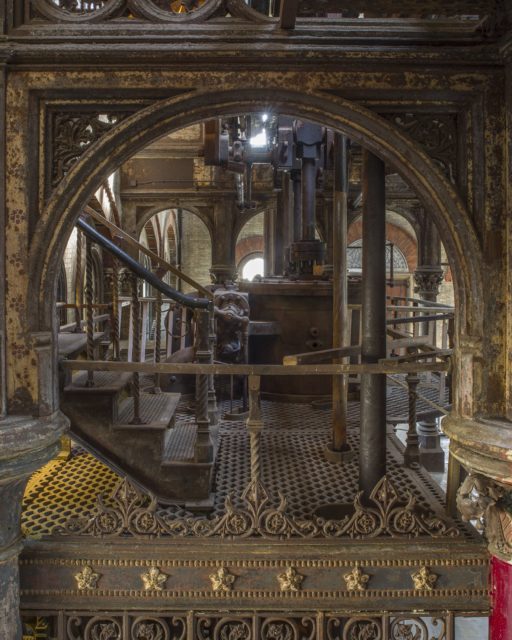
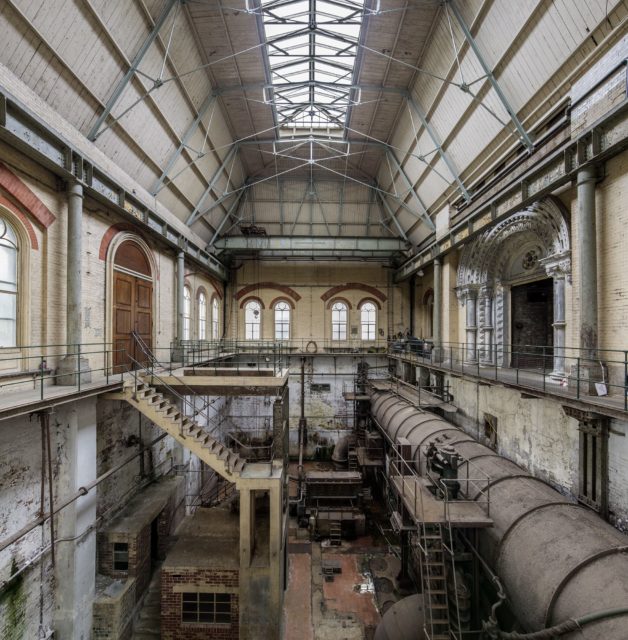
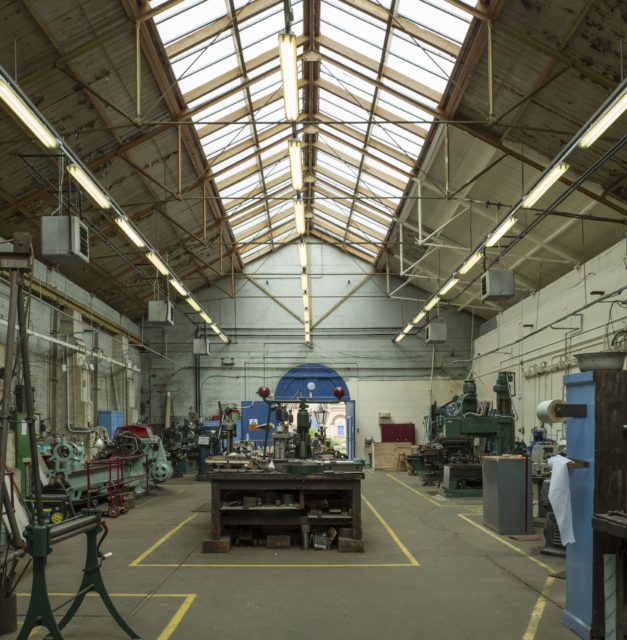
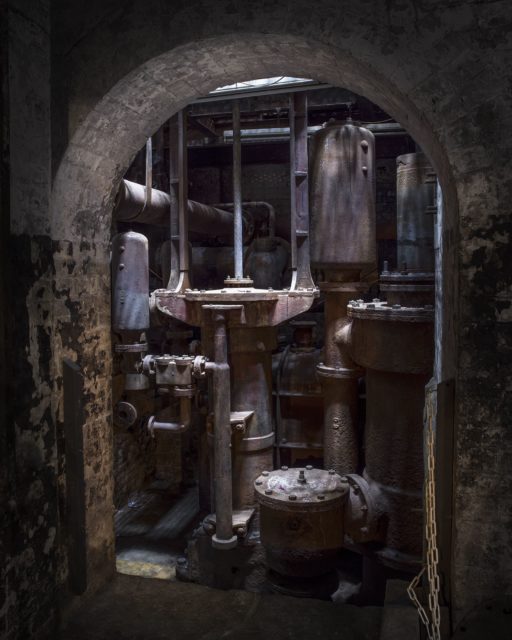
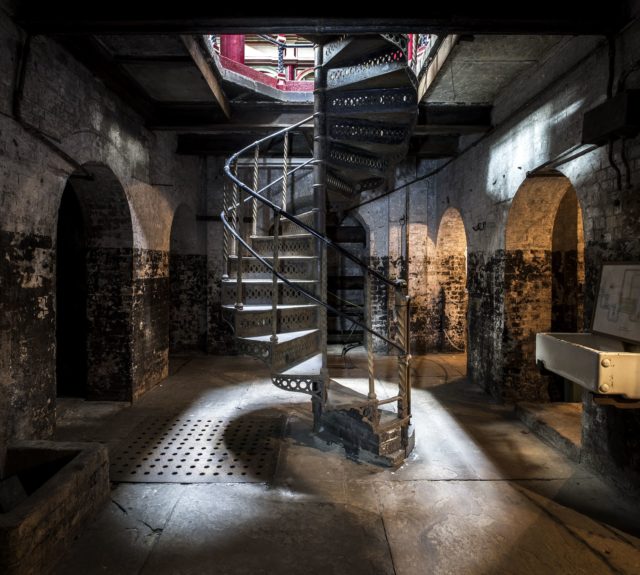
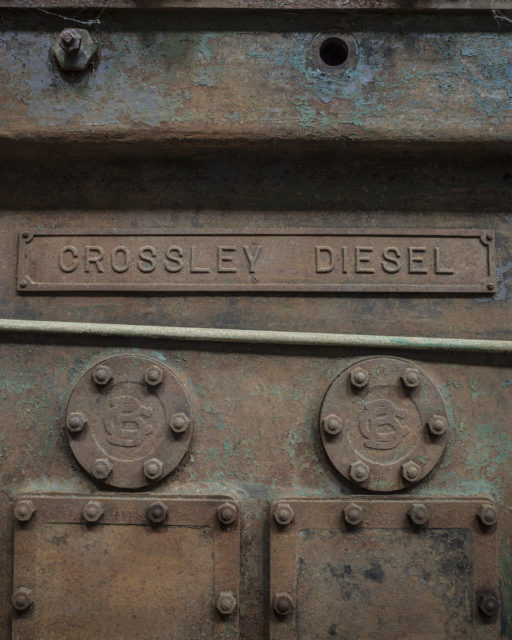
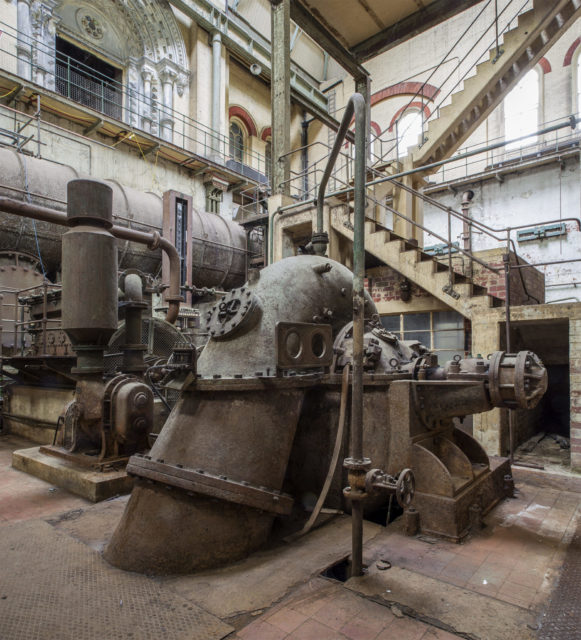
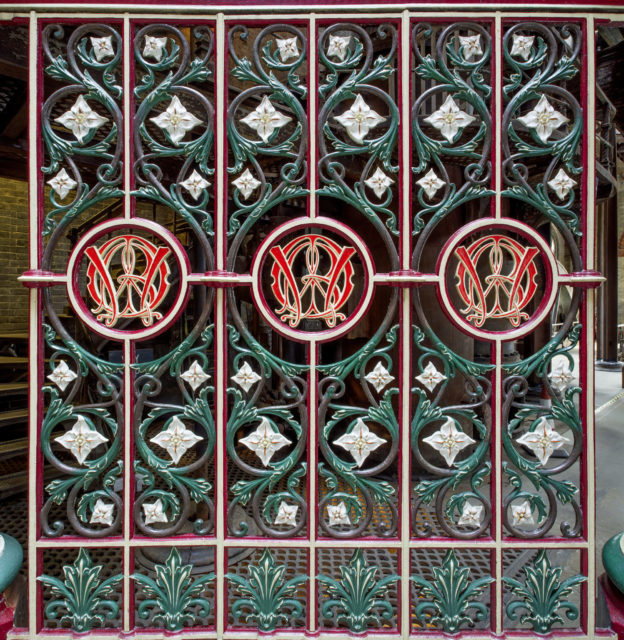
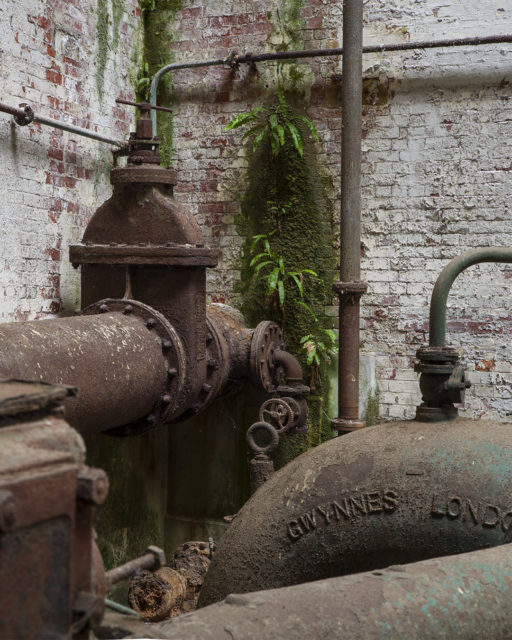
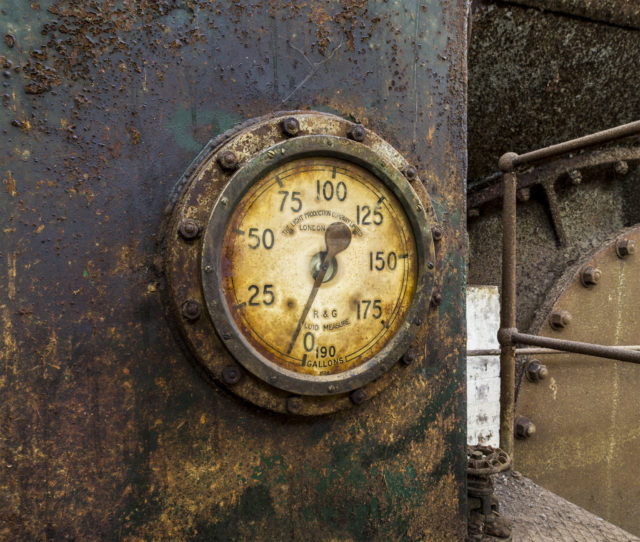
Another Article From Us: The Derelict Keranis Tobacco Factory in Piraeus
